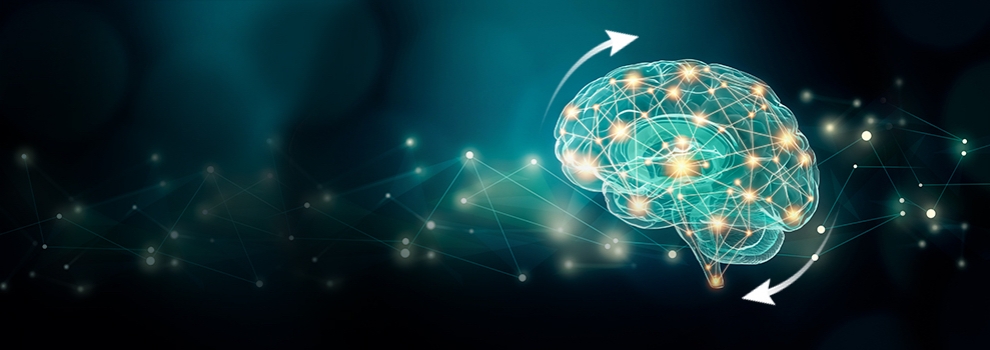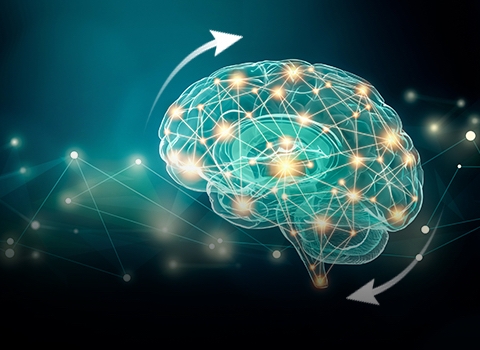Recent research has overturned the notion that the adult brain loses its capacity for plasticity. While the potential for plasticity in the adult brain clearly exists under some circumstances, we still lack an understanding of the possible range for change and of the constraints, as well as what drives them. We aim to explore and understand the limits of this plasticity from different angles. The first is from a network perspective. Which networks are more amenable to change, and what characterizes them? Is plasticity constrained by the “hardware” of the brain, in the sense that some networks—perhaps those associated with sensorimotor processing—have an innate organization, as is suggested by the literature on remapping of the visual cortex in the congentially blind, and if so, will this define which network connections can be modified? We are also interested in exploring to what extent the perceived limits of plasticity are due to the type of explicit training that we mostly use, in those cases where explicit learning fails. Would implicit training, by circumventing the filters we have built through years of experience, perhaps reveal plasticity where we thought there was none?

Networks, behavior and plasticity in the human brain

